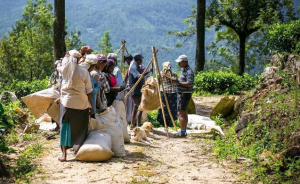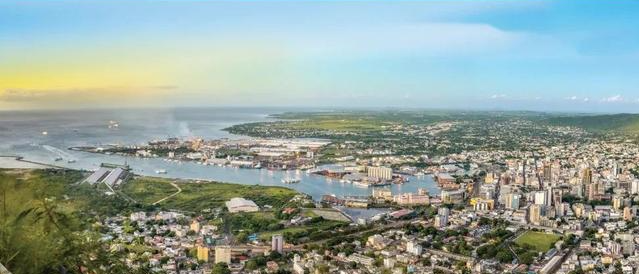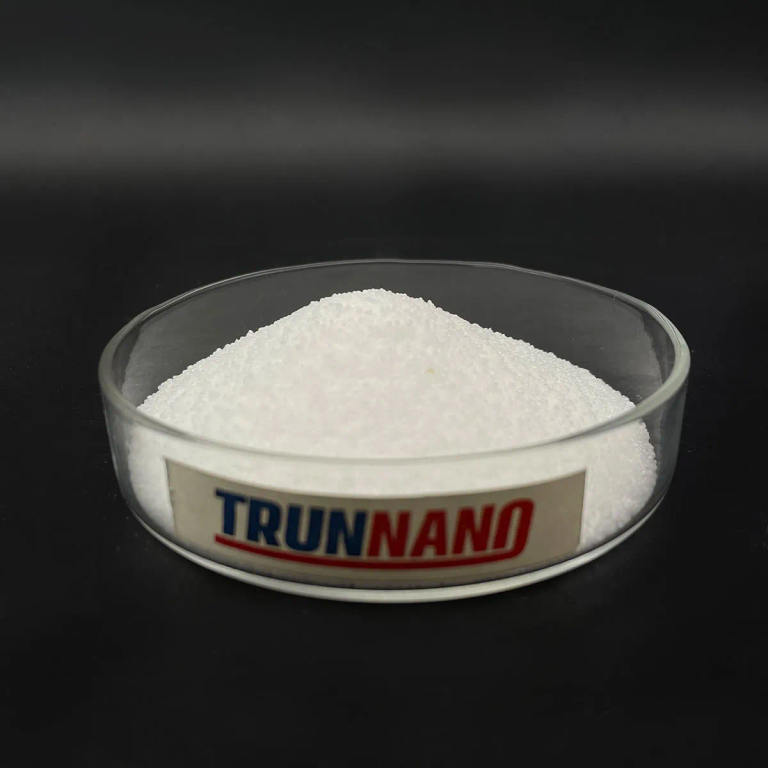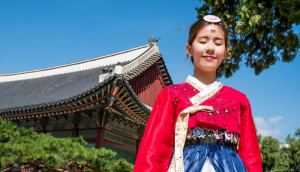Mauritians can be said to be one of the richest people in Africa, with the second largest GDP per capita in Africa. Different from the African continent in the impression of war, famine, and disease, Mauritius has unique scenery, living in a corner, and making a fortune silently.

Mauritius is very small and can hardly be found on the map. It is located next to Madagascar, the largest island in the world, and is 2,000 kilometers away from the African continent. It is the most southeastern small island country in Africa and the most successful country in Africa. Noble Lady”.
Mauritius is an island country formed by volcanoes. Its area is about the same as that of Hong Kong. It is surrounded by coral reefs and is known as the jewel of the Indian Ocean. The great writer Mark Twain once said that “God first created Mauritius, and then used Mauritius to replicate heaven”. Its scenery fascinates European and American tourists, and it has gradually become today’s holiday paradise. A quarter of people rely on tourism for their livelihood. .
Compared with the tense and busy life in China, Mauritians seem lazy, casual and unmotivated, with a slow pace of life and enjoyment. Except for important units, most restaurants and shops close their doors to rest after 4 pm. After 6 p.m., no one can be seen on the street, and bars, nightclubs, and entertainment venues are not popular here. On Saturdays, the post office is only open for half a day, and it is closed all day on weekends. People who do not go to work like to go to the beach for swimming and dinner with their families.
No one would have thought that today’s paradise on earth was actually a desert island that no one wanted to come to more than two hundred years ago. Mauritius’s achievements today are entirely created by a group of people who were considered losers.
You can’t imagine that 70% of the 1.3 million population in Mauritius are Indians, not African blacks. The ancestors of these Indians came to Mauritius more than 200 years ago when they were “sold piglets” as cheap labor , mainly from Bihar and Uttar Pradesh. At that time, 90% of the farmland in Mauritius was planted with sugarcane, and these Indians worked in the sugarcane fields to make ends meet.
In the colonial period of the 19th century, in order to expand their territory, European countries hired a lot of cheap labor from India, China and other places to develop the colonies in Africa and the Americas. “. Mauritius is the first place in the world to buy and sell “pigs”, and it is also the place where the most “pigs” are traded. Over the past century, more than 400,000 to 500,000 Indian laborers have entered Mauritius.
There is a lake in the Great Basin in south-central Mauritius. The Indians here regard it as a holy lake. The holy lake is formed by filling the crater with groundwater. Hindus believe that the water here is connected with the holy river Ganges in their hometown of India, so every Sunday, they The whole family will come here to pray to the gods. Although they have left their hometowns, the Indians in Mauritius still maintain their traditional customs.
Among the more than 800,000 Indians in Mauritius, many of them are descendants of “sold piglets” who came to labor. They have never forgotten their ancestors, and most of them still retain the hard-working spirit of their ancestors when they first arrived.
Indo-Mauritians have influenced Mauritian culture and dominate the island’s economy and politics. Except for one president and prime minister who was not Indian, the other successive leaders were all of Indian origin. India’s influence is also reflected in religion, food and art, Indian movies are also popular, and Mauritius is like a vassal state of India.
Most Mauritian women who are of Indian origin, really cannot tell them apart from Indian women, they dress and look alike. Even young people are no exception, the only difference is that they are more westernized than Indians.

The Hindu population accounts for more than 50% of Mauritius. The island has the highest percentage of Hindus in Africa and the third highest percentage of Hindus in the world after Nepal and India.
From the end of the 19th century to the beginning of the 20th century, the Chinese community on the island lacked women. Some Chinese businessmen married Indian women. Today, the Chinese account for 3% of the total population in Mauritius, mainly descendants of the Hakka people in Meizhou, Guangdong. Industry and commerce, after more than 100 years, they have already integrated into Mauritian society. Not only can they not speak Mandarin, but they have even forgotten Hakka. However, the eating habits still retain some Hakka traditions. Hakka delicacies such as white-cut chicken, braised pork, and fried rice noodles often appear on Chinese tables.
Mauritius: African desert island turned into a holiday paradise
The economic conditions of the Chinese are generally good, and they are willing to send their children to foreign developed countries to study and work, because Mauritius is too small, with limited development space, and the departure of young people has exacerbated the aging of the Chinese community in Mauritius. And intermarriage with other races has also reduced the number of pure Chinese blood and increased the number of mixed blood.



























